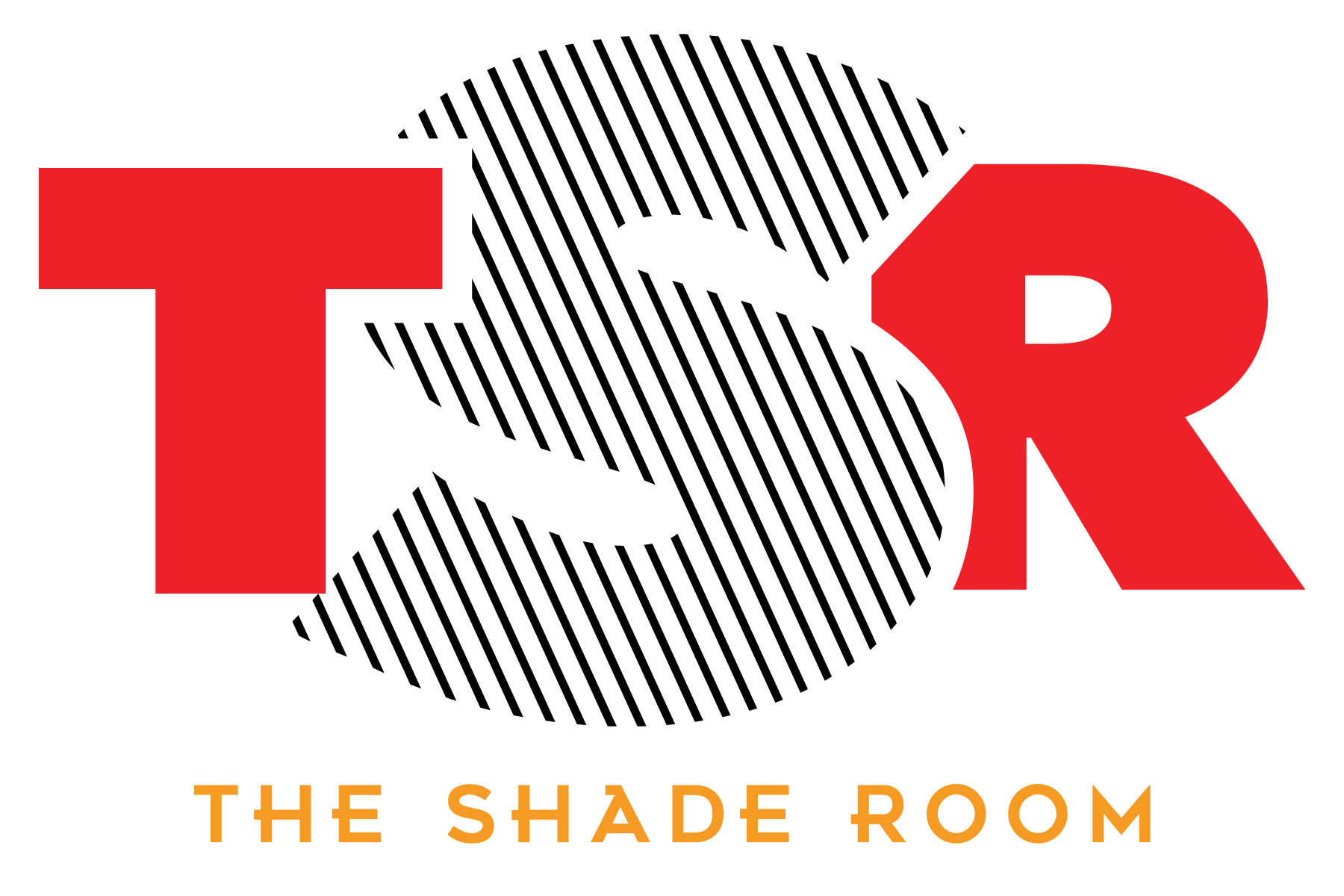ARTICLE AD

An eye-catching online presence is essential for anyone in the fashion industry to succeed. Whether you’re a designer, photographer, stylist, model, or makeup artist, showing off your best work to a wide audience online should be a top priority. Curating an online fashion portfolio allows you to highlight your unique skills and style to attract potential clients, collaborators, and fans.
However, building an effective fashion portfolio with a vast reach takes strategy and effort. You’ll need to utilize multiple digital marketing and optimization tactics to have your website seen by the maximum number of relevant people. Implement even a few of the following tips, and you’ll notice more site traffic, engagement, leads, and brand awareness.
Craft an appealing website
Your fashion portfolio deserves its own dedicated website rather than just profiles across social platforms. This allows you full creative control to showcase content in an eye-catching way while being optimized for your niche. Invest in a custom domain name and quality web hosting for a polished, professional look.
Most importantly, ensure your website loads quickly. Image-heavy fashion sites often have slow load times, which leads visitors to click away. Compress and resize photos, enable browser caching, and minimize HTTP requests through efficient code. Check your site speed with online tools like Google PageSpeed Insights. Anything under three seconds is decent, but aim for under 1.5 seconds for the best results.
Optimize for search engines
Search engine optimization (SEO) should be a cornerstone of your website strategy. The majority of your traffic will come from organic searches, so you want to rank as high as possible in search results.
Conduct keyword research to find relevant terms fashionistas are searching for. Incorporate these keywords naturally throughout the page copy and image file names. Useful tools like Google Keyword Planner can uncover monthly search volumes to focus on high-demand terms. You can also perform a regular SEO audit using online tools to catch any major issues hurting your rankings.
Ensure your site architecture makes sense for both search engine bots and visitors looking for specific portfolio content. For example, separate different shoots into unique categories that match common searches like ‘fashion photographer Seattle’ or ‘avant-garde makeup artist.’
Quality, original content also drives SEO success. Search engines favor sites that regularly release new and insightful content. Blog about your latest shoots, design techniques, industry insights, or running a fashion business. Embed calls to action to view more portfolio examples.
Promote on social media
While SEO brings in new visitors, social media marketing keeps existing fans engaged. Maintain active Instagram, Facebook, TikTok, Twitter, YouTube, and Pinterest accounts tied to your website. Post eye-catching images, behind-the-scenes videos, interviews with models, quick styling tips, new project announcements, and more. Engage with others by commenting and sharing user-generated content.
Use relevant hashtags so your posts appear in target niche feeds like #FashionPhotographer or #NYCFashionWeek. Invest in strategic paid ads across these platforms as well. They allow precise audience targeting to ensure your content reaches those most likely to hire you or follow your work. Set monthly follower goals and analyze your top-performing content.
 Courtesy of Adobe Stock
Courtesy of Adobe Stock
Get featured as a guest
Reaching out to fashion bloggers and popular industry sites for guest features expands your audience exponentially. Having your brand and portfolio featured on an established site introduces you to a highly relevant group of new viewers. Make sure you have plenty of high-res images approved for editorial use to provide options that fit the publication’s style and audience.
Before reaching out cold, closely read several recent articles on any site you pitch to get familiar with their content standards and contributors. Personalize each email pitch, explaining why you’d be a great fit as a guest. Offer to write a unique article around your specialty or provide quotes as an industry expert rather than just requesting they showcase your portfolio. Following up politely is fine, but avoid being pushy if they decline.
Strategic collaboration
Connecting with others working in fashion, like makeup artists, clothing designers, art directors, models, and photographers, opens the door for creative collaboration, leading to new website traffic and followers. Come up with innovative concepts for photoshoots, videos, or joint content series to promote on both of your sites.
Search hashtags like #NYCPhotographer or location tags to discover talented potential collaborators with engaged, compatible audiences. Be selective in who you team up with to ensure high-quality work. Require credits and links back to your site to be included contractually in the final published pieces.
Create video content
It’s cliché advice but worth repeating: video content greatly connects visitors to your personal brand on a deeper, emotional level that text and photos can’t always achieve on their own. Submit application videos when pitching to brands and agencies. Film footage walking through select looks in your portfolio, providing context and vision. Share Instagram Reels showcasing your creative process.
Videos posted across social channels or embedded in your website perform well for fashion sites. Utilize paid video ads to showcase these clips to expand reach. YouTube channel integration with your site also allows visitors to browse all your videos in one place.
Email marketing
Building an email subscriber list delivers huge value over time. You own this channel of communication with fans, so you don’t need to worry about changing social media algorithms affecting your reach, like on Instagram or Facebook. Segment subscribers by niche interests like makeup artistry, fashion photography, men’s fashion, street style, etc. Send targeted newsletters with portfolio case studies, shoot recaps, special deals, or new service offerings tailored to each group’s preferences.
Provide an irresistible lead magnet like a free styling guide, makeup tutorial, or pricing template to incentivize signups. Popup or pinned opt-in forms increase conversion rates. Send new subscriber welcome emails and automate drip campaigns, delivering your best email content over time.
Analyze metrics
Review traffic sources, top pages visited, conversions, and other website analytics regularly to find weak spots for improvement. See which posts and content types perform best on each social media platform as well. These insights inform where to focus your limited time and resources for maximum fashion portfolio growth.
You may notice organic search makes up roughly 60% of your traffic, while Instagram only drives around 10% of visits. This data suggests you should optimize for more search traffic versus trying to expand Instagram followers. Also, use Google Analytics goals to track portfolio visits, contact form submissions, or other desired actions to measure engagement beyond just traffic stats.
The takeaway
Gaining a wider online audience for your fashion portfolio or brand takes considerable effort, but implementing even a few of these digital marketing tips will expand your reach exponentially. Treat your website as a creative, dynamic asset at the core of an omnichannel strategy encompassing SEO, social media, video, and email.
The digital fashion realm moves fast, so continue optimizing your online presence to stay on trend and visible.

.png) 1 year ago
80
1 year ago
80 

